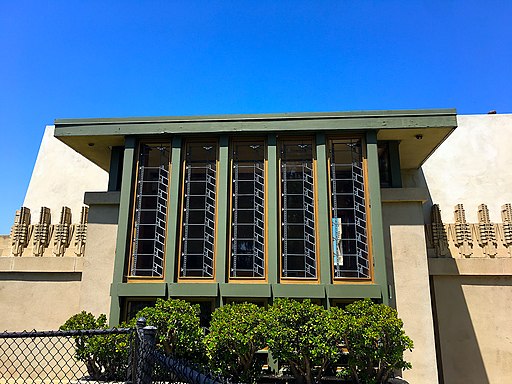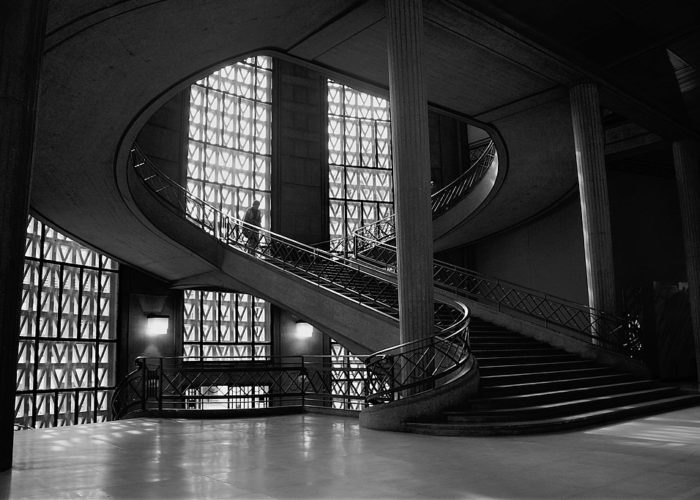One of the things I love about being a translator — and all the translators I know feel this way, too — is that I am always learning about new things. I recently translated a special issue of the magazine Beaux Arts on the 50th anniversary of the Historical Monuments Research Laboratory in France. It’s a government agency that develops research expertise and practical recommendations for conserving and restoring national heritage in France. This includes everything from cave paintings that are tens of thousands years old to medieval stained glass to 20th-century concrete architecture.
The Word Versus the Thing
Knowing how to translate something is not always the same thing as knowing what it is. I knew that French béton armé was reinforced concrete in English. But I didn’t know what that actually meant. What was it “armed” or “reinforced” with? This means that metal bars or wire mesh have been added to increase its strength. Today, some structures need to be restored because the iron bars used as reinforcement have corroded. Steel bars can be used as replacements.
Is Concrete Just Ugly?
Concrete is a material I had never given much thought to. People often think that the boxy, modern buildings it is used for are simply ugly, including the Brutalist architecture of the 1950s. In fact, the term “Brutalist” was coined from béton brut (raw concrete), which was used by Le Corbusier during this era. But the connotation of “brutal” fits with the kind of Communist government buildings it was often associated with in Eastern Bloc countries. Additionally, “the term ‘concrete jungle’ is associated with the worst aspects of urban life,” as Susan Macdonald writes in her article “Conserving Concrete” for the Getty Institute.
But reinforced concrete can build massive, impressive structures of austere beauty. Groundbreaking architects working with concrete in France included Le Corbusier and Auguste and Gustave Perret. Brazilian architect Oscar Niemeyer and American Frank Lloyd Wright also used concrete. The Perrets even designed a cathedral out of concrete!



Preserving Concrete Architecture
The notion of what constitutes cultural heritage — and thus what should be preserved — is always changing, and while concrete was once seen as just a convenient, modern method to accommodate growing cities, today it is more aesthetically appreciated — by some people, at least. As Elisabeth Marie-Victoire of the Historical Monuments Research Laboratory puts it, “I think you either love it or hate it. In France, there are some people who very much enjoy this type of architecture and think it’s great that this architecture is protected. On the other hand, there are a lot of citizens who consider concrete grayish, massive, and ugly, and don’t think it is cultural heritage.”
Top photo: The Palais d’Iéna in Paris, designed by Auguste Perret. Photo by Arthur Weidmann, courtesy Wikimedia Commons.

